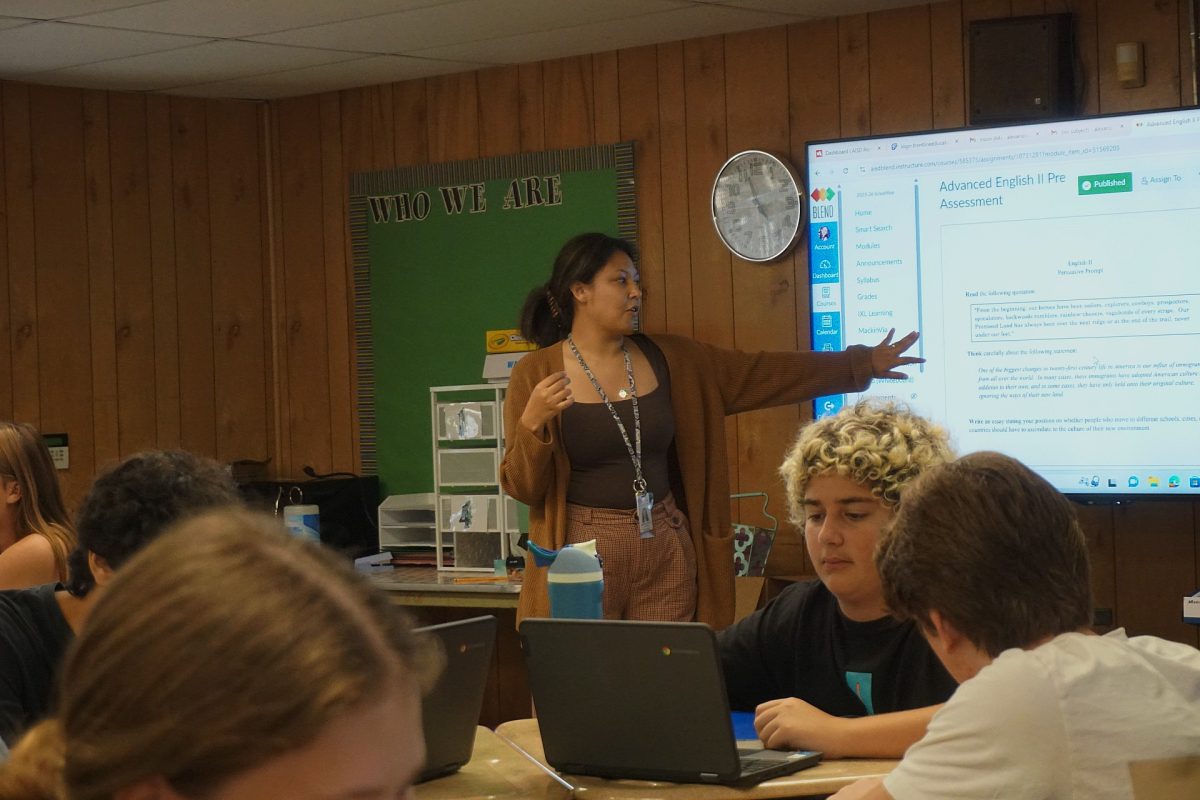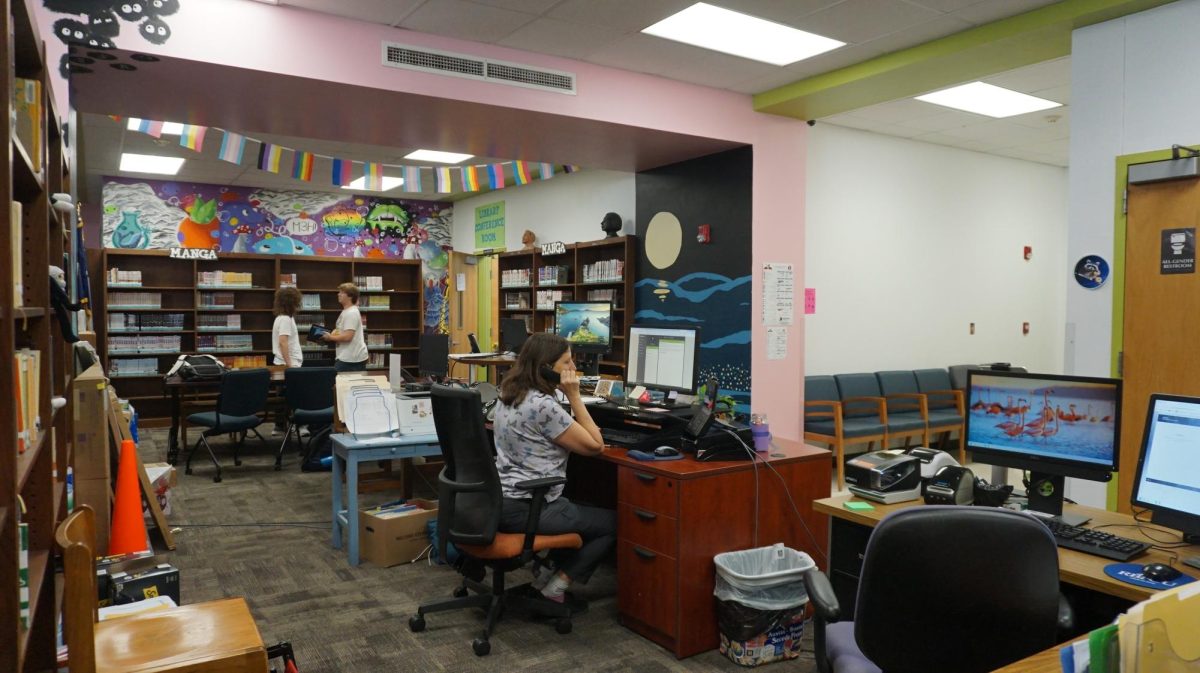When COVID-19 struck in 2020, school lunches around the nation were made free or put at a reduced price because of the loss of jobs and the decline of average household income. As this new school year rolled around so did many new rules and regulations, one of which being the return of the school lunch fees.
“There was a federal program to have all free lunches for everyone instead of just students who qualified,” Principal Nicole Griffith said.
The free lunch program started in March of 2020 when the United States Congress authorized the U.S. Department of Agriculture to issue hundreds of child nutrition waivers. President Joe Biden signed the Keep the Kids Fed Act, an act that provided funding for communities around the United States to be able to provide healthy meals for children throughout the summer. It also helped schools address chain issues and expensive food costs throughout the year. This extended all the way into the 2022-2023 school year.
Too many people were becoming unemployed and many students were unable to pay the initial $3.50 lunch fee.
“I personally loved when it was just free and anybody could grab a lunch because we don’t ever want to have a stigma for someone who is on free or reduced lunch,” Griffith said. “We did solve part of that problem by the way we buy lunches now. You go up and put your student ID, so it was really hard to tell who was and who wasn’t on free or reduced lunch.”
Students used to have to bring money to school and pay in cash but that caused conflict because the students who were on free and reduced lunch really stood out. This made them feel uncomfortable and out of place.
For some students, the effects of this change aren’t drastic but still off-putting.
“Last year I was able to sleep in and avoid having to pack a lunch every morning because of the free taco bowl option,” sophomore Perrin Coons said. “It made my mom’s and my life so much easier because she wasn’t having to do constant grocery shopping for my lunch. It’s not a big deal to me but I do miss having it as a backup and knowing I would never have to go hungry if I forgot my food at home.”
The options and variety of the food students could obtain for free lent a helping hand to parents with busy schedules and students who didn’t necessarily have time to make their own food or leave campus to get lunch.
In the end, the reason for the change comes down to school funding. The funding for school lunches was a necessity during the heat of the pandemic but now the money goes to the schools that need it more.
“Many schools in AISD are still free across the board and those are schools that have a much higher percentage of students who would qualify,” Griffith said. “At McCallum we seat around 20-22% of students who would qualify for free or reduced lunch and that’s a pretty low percentage compared to most schools.”
From a parent’s perspective, the switch back to having lunch fees was not publicized enough.`
“I read it in the AISD newsletter and thought it was pretty clear but my one concern was how soon it was to the beginning of school,” McCallum parent Kelly Cameron said. “This could have been a problem for families that hadn’t budgeted school lunches to their monthly and yearly expenses.”
Some students will struggle with this change while others will go unaffected. The funding and availability for every kid’s lunch to be free no longer exists but the resources for the ones that need it most will always stick around.









andie • Oct 27, 2022 at 11:54 am
I really like this story, I think its cool how there were quotes were included.
Stella P. • Oct 18, 2022 at 12:19 pm
This is a great story, it highlights the issue well and provides the reason why it happened. It also covers who this will affect ad how it will affect them, and includes interviews.